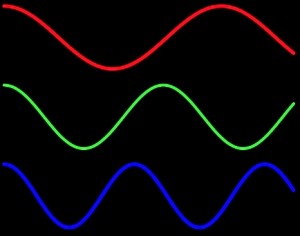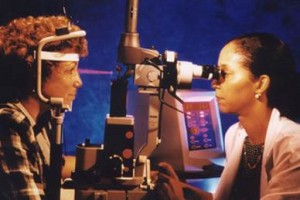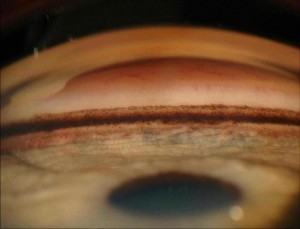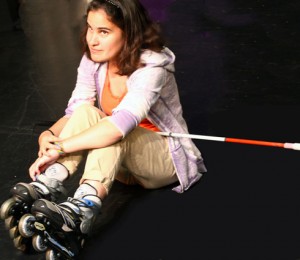7/29/14
Next month is Children’s Eye Health Month, and to kick it off a little early we are taking a look at learning-related vision problems. Next month children start heading back to school, so now is the perfect time to make sure you child has had a recent comprehensive eye exam.
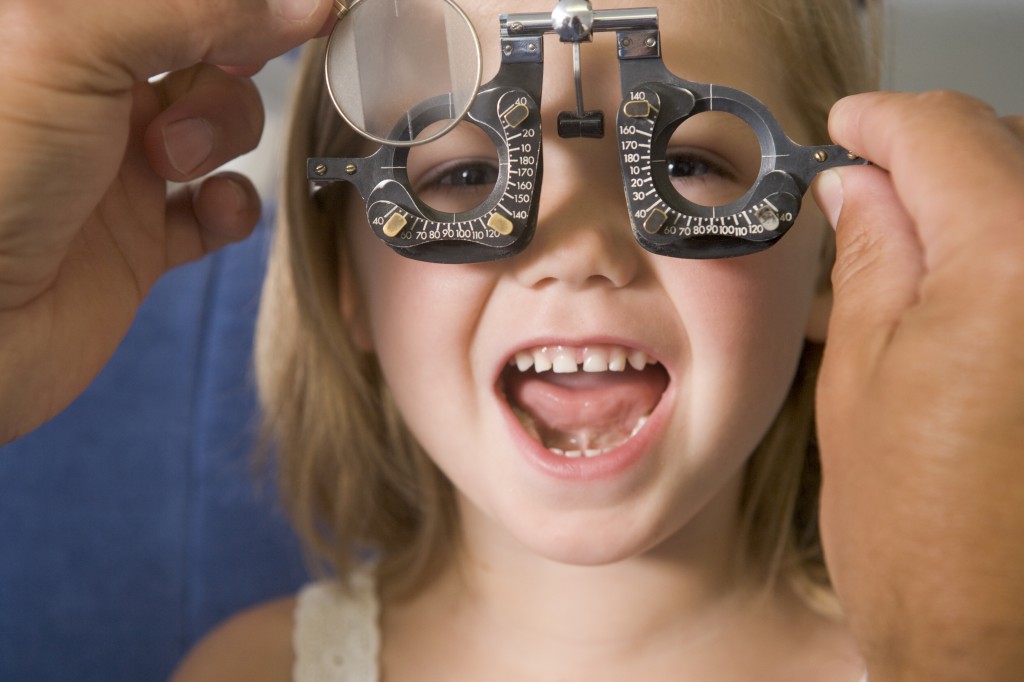
Vision and learning are closely related. About 80% of what a child learns in school is presented visually, and 25% of school-aged children already have vision problems (5-10%of preschoolers do). By scheduling a comprehensive eye exam for your child before school starts, you will help your child be more successful and happier in school.
When children have difficulty in school, from being able to see what is written on the whiteboard to learning to read, it not only makes the learning difficult, but it also makes the child frustrated and can affect their love of learning as well. While most schools perform a quick eye check at some point during the school year to determine simple refractive errors such as nearsightedness, farsightedness and astigmatism, there are other visual disorders that can make learning difficult.
Vision is a complex process that involves the eyes working well with the brain. Specific learning-related vision problems can be classified as one of three types. The first two types primarily affect visual input. The third primarily affects visual processing and integration.
- Refractive vision problems. Your child holds a book close to their face when reading or they have difficulty seeing things that are far away. These are generally refractive issues and include nearsightedness, farsightedness and astigmatism, but could also include more subtle optical errors called higher-order aberrations.
- Functional vision problems. This type of problem refers to a variety of specific functions of the eye and the brain’s control of these functions, such as eye teaming (using the eyes together), fine eye movements, and focusing skills, peripheral awareness and eye-hand coordination. These issues can cause blurred or double vision, eye strain and headaches.
- Perceptual vision problems. Visual perception includes understanding what you see, identifying it, judging its importance and relating it to previously stored information in the brain. Examples would include recognizing words that you have seen before and being able to form a mental picture of the words you see.
Because most routine school and pediatrician eye exams evaluate only the refractive vision problems, it is wise to see optometrist who specializes in children’s vision problems to evaluate functional vision problems and perceptual vision problems that may affect learning.
Color blindness is not considered a learning-related vision problem, but it can cause problems for very young children if color-matching or identifying specific colors are part of the classroom activities. For this reason, make sure your child’s eye exam includes a color blind test prior to starting school.
Symptoms of Learning-Related Vision Problems:
- Headaches, eye strain, excessive blinking or rubbing the eyes
- Blurred vision or double vision
- Crossed eyes or if the eyes move independently of each other
- Holding a book very close to their face for reading
- Bending way over a table to get closer to what they are drawing or writing
- Using only one eye by tilting the head or covering the other eye
- Losing their place while reading, or needing to use a finger to stay on line
- Slow reading speed or poor reading comprehension
- Omitting or repeating words, or confusing similar words
- Persistent reversal of words or letters (after second grade)
- Difficulty remembering, identifying or reproducing shapes
- Poor eye-hand coordination
- Distracted in class
If your child shows one or more of these symptoms, they could indicate a learning-related vision problem. To find out see an eye doctor who specializes in children’s vision for a comprehensive evaluation. If no vision problem is detected, your child’s problems could be caused by a non-visual issues, such as dyslexia or a learning disability, in which case you would need to contact an educational specialist for an evaluation.
Treatment of Learning-Related Vision Problems
If your child is diagnosed with a learning-related vision problem, treatment generally consists of an individualized and doctor-supervised program of vision therapy. Special eyeglasses also may be prescribed for either full-time wear or for specific tasks such as reading.
Remember that when children have a difficult time learning, especially while other classroom friends have no visual issues to impair learning, they may experience emotional problems as well, such as anxiety, depression and low self-esteem.
Reassure your child that learning-related vision problems do not relate to how smart they are and with the proper treatment and/or eyeglasses, things will become easier.
 Susan DeRemer, CFRE
Susan DeRemer, CFRE
Vice President of Development
Discovery Eye Foundation






